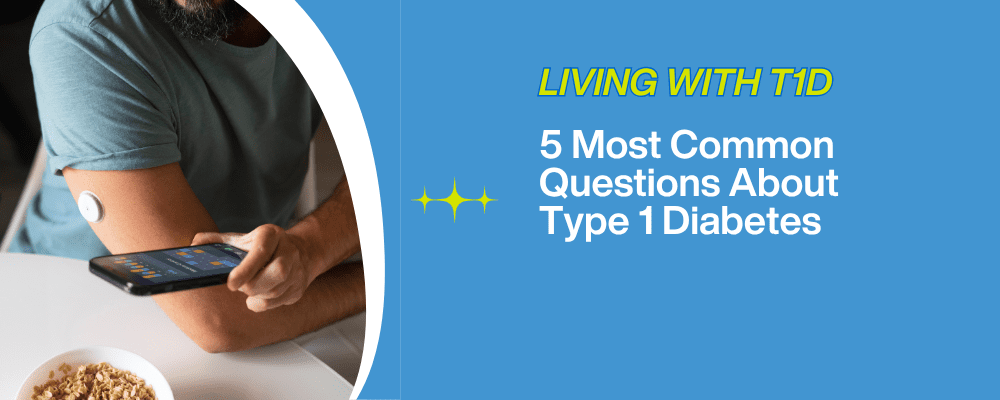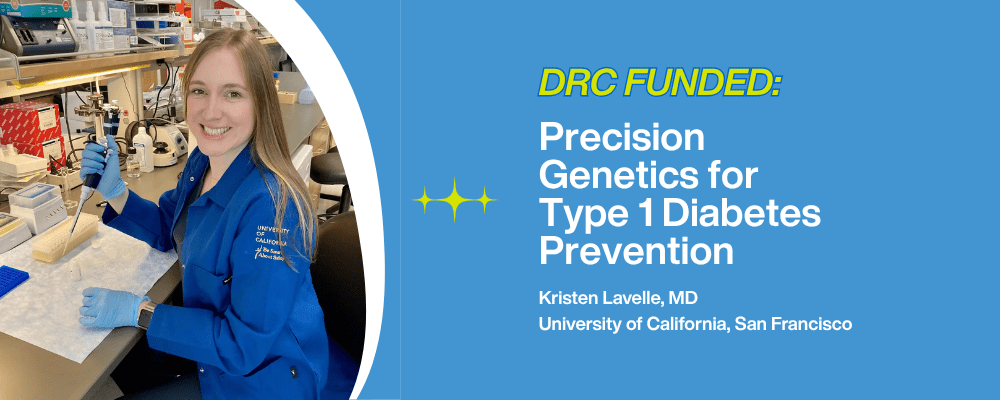One of the things that we’ll do more of in the future for Sweet Talkers is to discuss how to lower the number of carbohydrates in a recipe. For example, I was reviewing a recipe with that goal in mind just recently and wanted to share some carb lowering information.
First of all, I am always testing sugars in recipes with the goal of using the healthiest, least processed sugar I can find. Obviously, I am also always looking to limit the amount of sugar I use in a recipe as well but still maintain the sweet taste. Thirdly, I’m always going for good taste. Here’s an example of the kind of analysis I do:
- 1 Tablespoon of organic Honey = 64 Calories, 17gr Carbs, No Fiber
- 1 Tablespoon of organic Coconut Nectar = 87 Calories, 18gr Carbs, No Fiber
- 1 Tablespoon of organic Maple Syrup = 52 Calories, 13gr Carbs, 2mg Sodium
You can easily see here that organic Maple Syrup is the lowest in carbs but will the maple taste alter the taste of the recipe too much? That’s the main question: how will changing an ingredient taste within a given recipe? Also, I track calories as well since that’s often a concern re weight gain.
If the recipe I’m working on altering (to be more diabetic friendly) won’t taste good with Maple Syrup, I typically use Coconut Nectar because the coconut taste usually just comes across as sweet; not coconutty, and the taste is subtle and lower carb in general. I also will typically cut the sugar amount in a recipe by two thirds to one half and see if I can still maintain a sweet enough taste.
Another very helpful substance to use to lower sugars in recipes are extracts for flavoring. While we’re all accustomed to using vanilla extract, especially when baking, there are many other flavored extracts that work beautifully to enhance the flavor of a recipe without increasing the sugar amounts.
Medicine flower culinary extracts offer an extensive line of extracts in many different flavors. As an example, you can take plain yogurt and add about (3) drops of liquid Stevia (no carbs) followed by a drop or two of tropical extract and have a delicious and sweet morning yogurt without any spike in your blood sugars.
Here’s the bottom line: When looking to make a typical, favorite recipe more diabetic friendly, find out first which ingredients have the highest carbs. Then look for healthier, lower carb substitutes that will still maintain the taste/flavor of that recipe and swap the lower carb ingredient in. Consider using culinary extracts to enhance and compensate for high sugar amounts in recipes.
At first, this seems time-consuming but altering recipes to make them healthier and more diabetic friendly is a habit that forms easily. It all starts with just paying more attention to what you’re really eating and a number of carbohydrates in a given recipe. Remember, look for foods that are organic, Non-GMO and the least processed.
For more information on this topic and Type 1 Diabetic friendly recipes, visit www.sweettalkers.org




